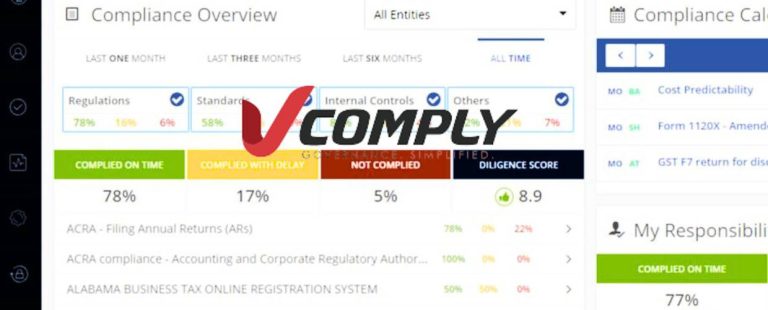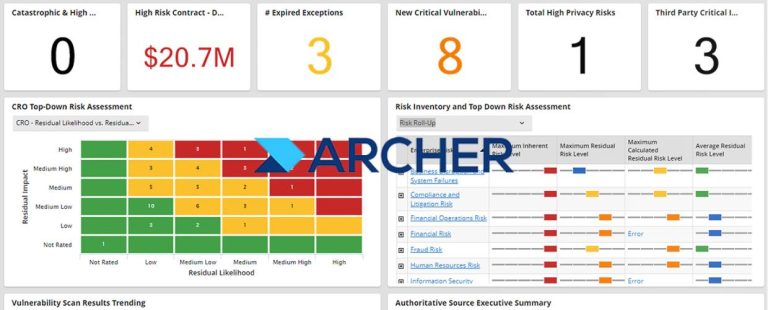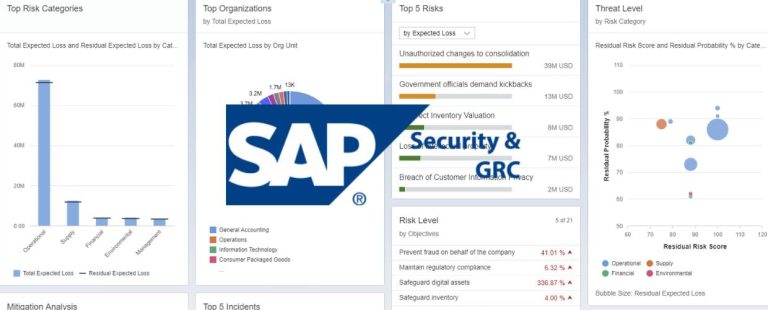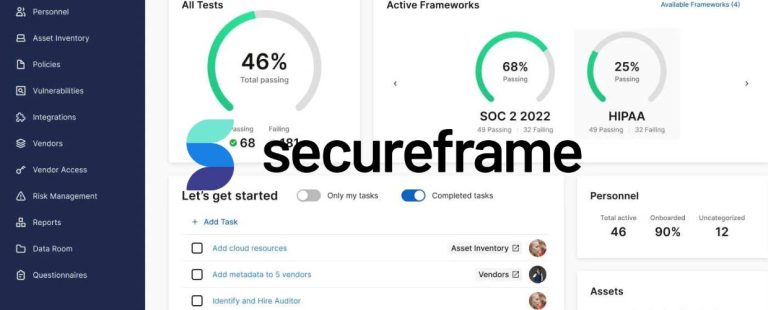In today’s competitive business landscape, success hinges on attracting new customers and nurturing existing relationships. A well-crafted Customer Relationship Management (CRM) strategy is pivotal in understanding customer needs, improving interactions, and fostering loyalty. This article delves into the significance of a CRM strategy, its key components, and its transformative impact on an organization’s growth and customer retention.
The Significance of a Customer Relationship Management Strategy
A CRM strategy is more than just a software solution; it is a comprehensive approach that puts customers at the center of an organization’s operations. The following points underscore the significance of a CRM strategy.
Customer-Centric Approach
A CRM strategy shifts the focus from transactions to building meaningful and long-lasting customer relationships. It prioritizes understanding customer needs and preferences, which are vital for tailoring products and services accordingly. Organizations can deliver personalized experiences that resonate with their audience by aligning business processes with customer needs.
Improved Customer Experience
A well-executed CRM strategy enhances customer experience by ensuring seamless interactions, personalized communication, and timely support. Organizations can respond promptly to customer inquiries, resolve issues proactively, and create positive touchpoints throughout the customer journey through centralized customer data and efficient communication channels.
Data-Driven Insights
A CRM system captures valuable customer data, enabling organizations to gain insights into customer behavior, preferences, and purchasing patterns. These insights inform decision-making and allow for targeted marketing efforts. With data-driven insights, organizations can identify trends, understand customer preferences, and tailor marketing campaigns to specific customer segments.
Enhanced Customer Engagement
Effective CRM strategies nurture customer engagement through personalized offers, loyalty programs, and proactive communication, increasing customer satisfaction. By engaging with customers through various channels such as social media, email marketing, and personalized content, organizations can create a sense of community and loyalty among their customer base.
Critical Components of a CRM Strategy
A well-defined CRM strategy is essential for any business that wants long-term success. Several critical components must be considered when developing a CRM strategy, including customer segmentation, data management, and communication channels.
- Customer Data Collection and Analysis: The foundation of a CRM strategy lies in gathering and analyzing customer data. It includes transaction history, preferences, feedback, and interaction patterns, enabling a 360-degree view of the customer. Organizations can use customer data to identify buying patterns, understand customer preferences, and anticipate future needs.
- Customer Segmentation: Segmenting customers based on demographics, behavior, or preferences allows for targeted marketing and personalized communication. Each segment can receive tailored offers and messages that resonate with their needs. Segmentation enables organizations to address the diverse needs of their customer base effectively.
- Personalized Communication: Organizations can communicate personally across various touchpoints utilizing customer data. It includes email marketing, social media interactions, and customer support that address individual preferences and concerns. Personalized communication fosters a sense of connection and strengthens the customer relationship.
- Customer Support and Service: A CRM strategy emphasizes responsive and efficient customer support. Quick resolutions to queries and concerns contribute to a positive customer experience and build trust. Integrating customer support into the CRM system ensures customer interactions are tracked, enabling a seamless support process.
- Sales Pipeline Management: CRM systems assist in managing the sales pipeline, tracking leads, and ensuring sales teams are equipped with the necessary information to close deals effectively. Organizations can optimize their sales efforts and improve conversion rates by automating sales processes and tracking customer interactions.
- Customer Feedback and Surveys: Collecting customer feedback through surveys and reviews is integral to improving products and services and understanding customer satisfaction. Feedback provides insights into customer preferences and pain points, enabling organizations to make data-driven improvements.
Impact of a CRM Strategy on Business Success
Having a well-executed CRM strategy can have a significant impact on a business’s long-term success. By focusing on customer segmentation, data management, and communication channels, companies can better understand their customers’ needs and preferences, make informed business decisions, and build strong relationships that increase loyalty and revenue.
- Customer Retention and Loyalty: A CRM strategy strengthens customer relationships, increasing customer loyalty and higher retention rates. Satisfied and engaged customers are likelier to stay loyal to a brand and become advocates, promoting word-of-mouth marketing.
- Upselling and Cross-Selling Opportunities: Understanding customer preferences and behavior enables organizations to identify upselling and cross-selling opportunities, driving revenue growth. Organizations can offer relevant products and services that align with customer interests by analyzing customer data.
- Improved Customer Satisfaction: Personalized communication, proactive support, and streamlined interactions improve customer satisfaction. Meeting customer wants and providing a positive experience fosters customer loyalty and reduces the likelihood of customer churn.
- Data-Driven Decision-Making: CRM data provides valuable insights that inform strategic decisions, marketing campaigns, and product development. By exploring customer data, organizations can create informed decisions that align with customer preferences and market trends.
- Reduced Customer Churn: By addressing customer needs and providing exceptional service, a CRM strategy helps minimize customer churn and customer acquisition costs. Retaining existing customers is more cost-effective than acquiring new ones, making customer retention a critical factor in business success.
Conclusion
A well-designed Customer Relationship Management (CRM) strategy is a powerful tool that goes beyond transactional interactions to cultivate meaningful and lasting customer relationships. Organizations can enhance customer satisfaction, retention, and loyalty by focusing on customer needs, personalized communication, and data-driven insights.
Embracing a CRM strategy empowers organizations to make informed decisions, optimize sales and marketing efforts, and build a strong foundation for sustainable business growth. In today’s customer-centric market, a robust CRM strategy is not just an advantage but essential for organizations seeking to thrive and succeed in a highly competitive landscape.
By prioritizing customer relationships and leveraging data-driven insights, organizations can create a customer-centric culture that sets them apart from competitors and fosters long-term success. As customer expectations evolve, a well-executed CRM strategy will remain a cornerstone of business success and a key driver of lasting customer bonds.










